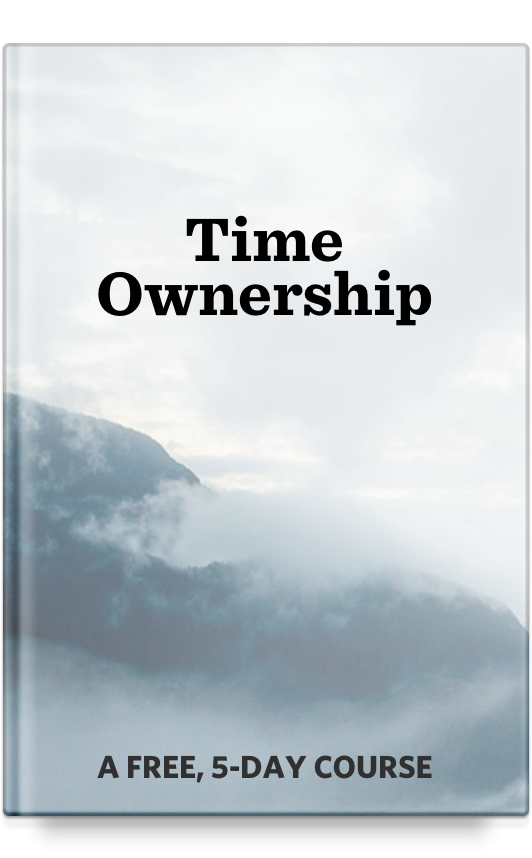I’ve been thinking a lot about the tools I use on a daily basis.
Most of my working hours are spent in front of a screen, which includes a variety of software tools.
While the tools I use on a daily basis are important, it’s the way I use them that makes the biggest difference.
If I were to hand my three-year-old son a roll of duct tape, he would have some interesting ideas of how it could be used. If I were to then hand you a roll of duct tape, you’d have your own ideas for how to best use it.
Tools in the hands of different craftsmen take on a different meaning and can produce varied outcomes.
Before we get to looking at tools more specifically, let’s first take a step back and think about the problems we’re trying to solve.
Plan First
Before a carpenter starts swinging a hammer, he needs to have a plan. That is, unless he wants to end up rebuilding the same wall three or four times. In similar fashion, for those that work in the digital field, we should have a plan before slapping together marketing automations or ripping through code.
You wouldn’t haphazardly start swinging a chainsaw around, but that’s how it can sometimes feel when jumping into digital projects. “I’ll just cut this here, and take that limb off, and WHOOPS, didn’t mean to chop that entire section.” ‘(CMD + Z, CMD + Z)’.
The tools we use on a daily basis are simply tools. They aren’t going to tell us how to use them. A tool is only as proficient as the craftsman using it.
Just because you’re sitting at a computer, doesn’t mean work is going to get done.
And before we plug in to the internet IV, we should know exactly what we’re sitting down to do, which is part of eliminating dual focus. Whether it be a tablet or computer, they can be black holes of distraction if we don’t proactively protect our attention.
Before we get to doing the work itself, there are a few things we should think about.
- Do you know what problem you’re trying to solve? What sort of room are we trying to build? A bathroom and a kitchen have very different functional purposes.
-
Do you have a plan (think blueprint) for how things should look when completed?
-
Where are you in the process of building and what is the next best step? Did we put the drywall up before putting in the electrical and plumbing? Oops.
These examples seem obvious when thinking about them in terms of building a house, but when it comes to building a website, there are a lot of moving parts.
This is true of any creative endeavor. Painting, podcasting, writing, cooking, photography, parenting, etc. If we haven’t taken a step back to ask some big picture questions before diving into the weeds, we may end up with a hot mess of a project.
- Identify the thing you’re trying to create or problem you’re trying to solve.
- Are there some different models out there that have solved a similar problem?
- What is inspiring you in this space?
- How should the thing work?
- Draft a master plan for everything you know is required to create/build the thing.
- I say “draft” because you don’t know what you don’t know. Make the best decision possible with the information you have.
- There will be challenges/obstacles that you can’t foresee until you get going. Prepare the best you can and know that things are going to change along the way.
- Identify where to start and list out as many steps in the process as you can foresee. If it’s your first time doing this particular type of project, be OK with the fact that you may have to redo some things.
- Sometimes there are multiple starting points and the precise order doesn’t matter. Other times, order matters very much.
This process can look different from person to person. Give yourself permission to take the time to plan the type of work you are trying to accomplish. If it’s a familiar project, chances are you have a pretty good handle on things. If it’s a new endeavor, give yourself some room to think critically before jumping to action.
When we bypass the planning stage, mistakes and frustration are likely imminent. Even worse, they may not ultimately serve the intended purpose.
Mistakes, setbacks, and challenges are a part of any creative process and should by no means be seen as a failure. However, with proper planning, many can be sidestepped altogether and allow you to spend your best creative energy getting things done instead of solving problems or doing the work over.
With a plan in hand, we can now start to think about what tools will best serve the project, which is exactly what we’ll look at next week.
